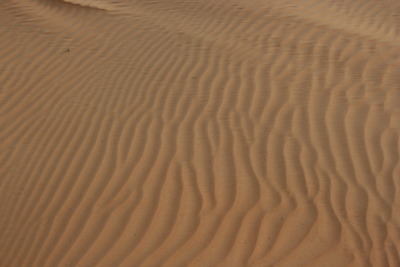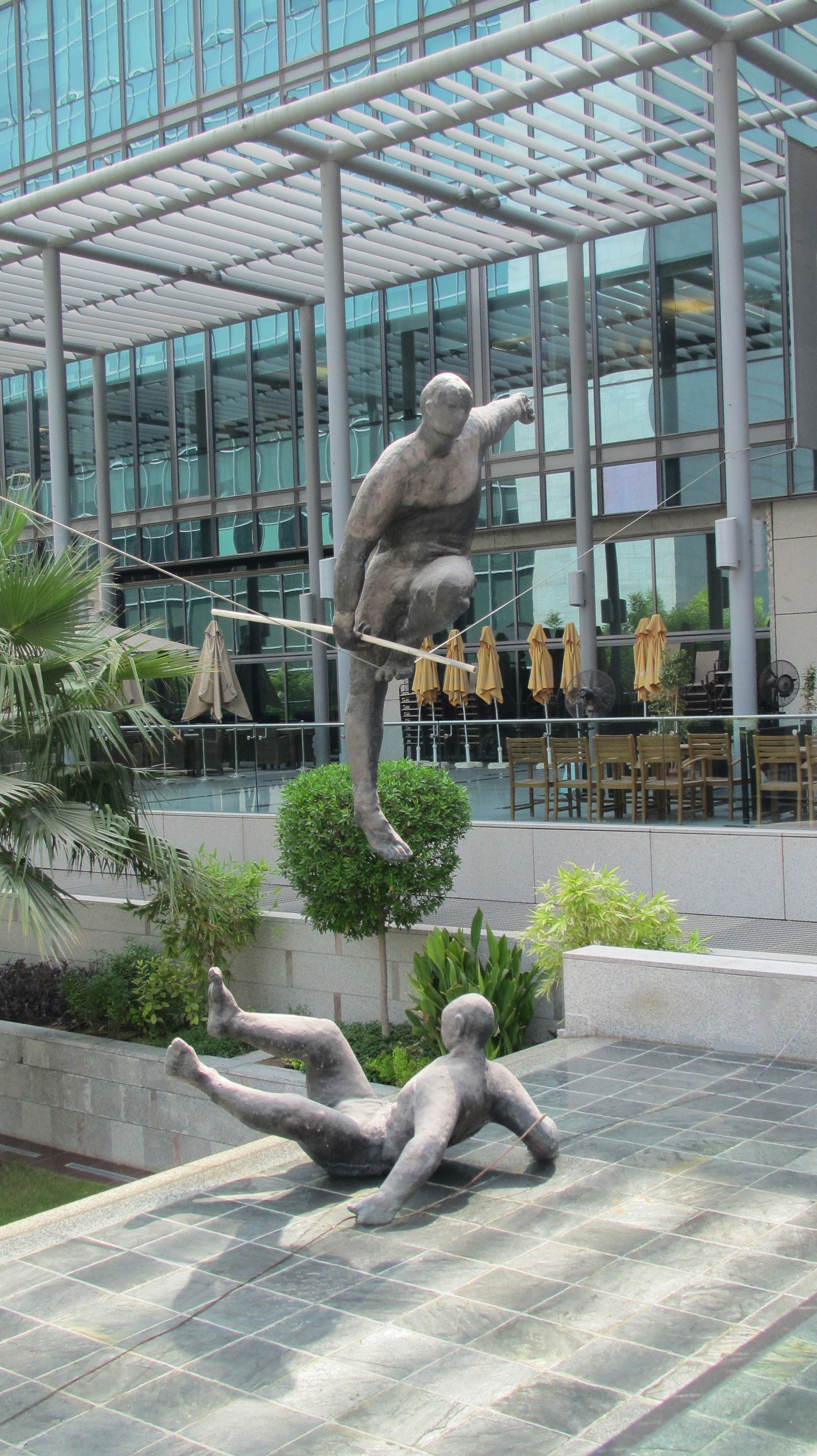Green Line. Speed and Stillness.
 Tuesday, September 13, 2011 at 5:21PM
Tuesday, September 13, 2011 at 5:21PM The Green Line of the Dubai Metro opened on 9 September, exactly 2 years after the metro first opened on 09.09.09. This was a special date which will not occur for another thousand years. Today I looked back at the blog which I wrote for the occasion and reflected on all the changes that have taken place, not only in my own life, but in the world at large, since then.
Much has changed in the world of travel. Nowadays when we hear "travel", we probably think of aeroplanes, but let us take a look at trains.
In March, the blue line of Japan’s bullet train opened, now making it possible to travel across all of Japan in a day.
With the opening of the Green Line, (I have put up a gallery of photos here), Dubai Metro entered The Guinness Book of World Records as the longest automated driverless system in the world. Here is a timelapse video of travel on this route which aptly illustrates how train travel today is an indicator of speed and change.
There have been many changes in the past two years. There will always be change. However, what is interesting to note, is the almost exponential rate at which change is taking place.
The story is told of a chinese emperor who wished to reward the inventor of the chess board. The man asked that he be given one grain of rice for inventing the first square of the chessboard, two grains for the second square, four grains for the third square, eight grains for the fourth and so on. The emperor readily agreed thinking that he had not much to lose. It was only when his treasurer was asked to calculate the total number of grains owing to the inventor that the emperor realized he had a major problem. Continuing this principle until the 64th square of the chessboard had been reached would mean that the emperor owed approximately 18 quintillion grains of rice! To produce this would require a rice field twice the size of the surface of the planet, oceans included! The power of exponential growth is mind-blowing.
We live in a world where linear thought is the norm, but much in the world is in fact changing at an exponential rate.
Technology is a prime example. Why, two years ago I had never even heard of an iPad (it was only released in April 2010) and today I watch toddlers at shop displays standing on their tiptoes while they play games on tablets!
Wi-fi was only invented in 1991.

Its yin-yang logo indicates interoperability, the ability of diverse systems and organizations to work together i.e. to inter-operate. Hence wi-fi access enables my device to inter-operate with another.
The term inter-operate could perhaps be applied to all areas of our being.
We as individuals, have an interior and an exterior. At the same time we belong to a collective. This collective also has an interior, namely culture, and an exterior, the systems that support culture. Changes in one area effect the others. Human beings are also endowed with the ability to choose, and so the choice can be made to develop all aspects of our being. This in turn will allow interoperability to affect maximum positive growth not only for oneself but for the collective.
I am of the opinion that as the systems around us develop exponentially, and as individuals and cultures are brought ever closer to each other, we will need to find the stillpoint at the centre of a fastly turning world.
"Except for the point, the still point, There would be no dance, and there is only the dance". T.S. Eliot.
Yang activity in the exterior quadrants requires yin stillness in the interior of the individual and the collective. From this stillpoint we will be able to observe events as though from the motionless centre of a rotating cyclone, spinning top or wheel. With time and practice, we will become as it were, the stillness and the spaciousness in which all can occur.
The call to stillness is a call to peace, to inter-operation, to the realization of Oneness.
We need this reference point right now as travel and technology bring us ever closer to each other here2here.
 change,
change,  culture,
culture,  here2here,
here2here,  metro,
metro,  mindfulness,
mindfulness,  speed,
speed,  stillness,
stillness,  technology,
technology,  time,
time,  you-tube in
you-tube in  culture,
culture,  here2here,
here2here,  mindfulness,
mindfulness,  technology,
technology,  time
time  Email Article
Email Article 
